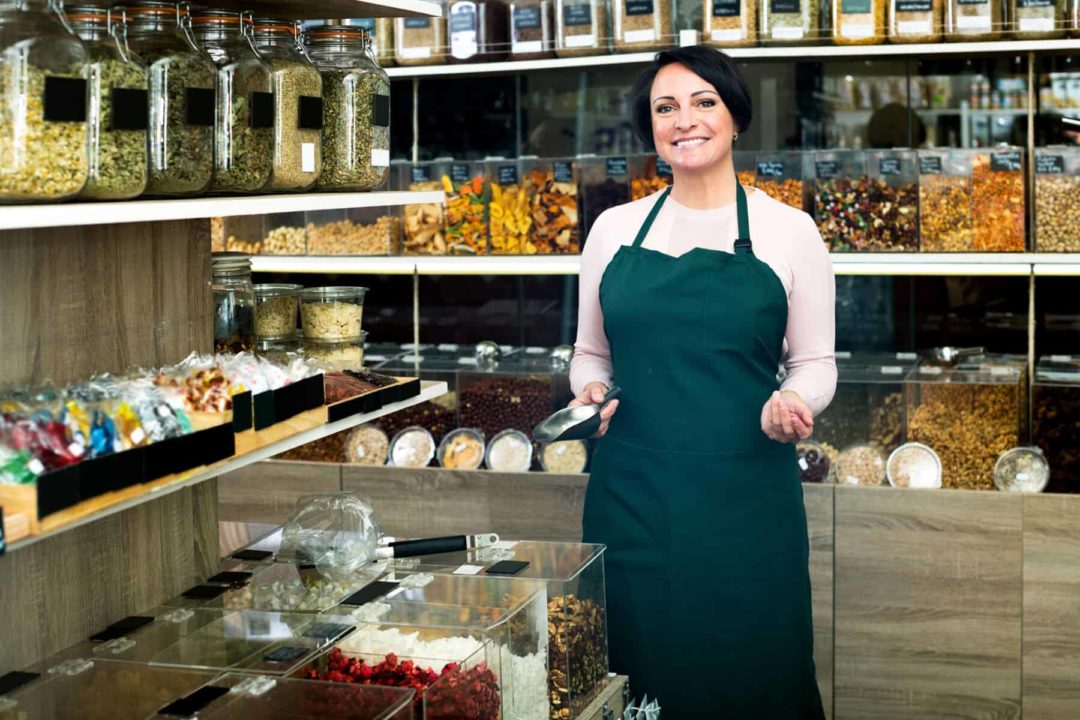An Outmoded Business Model
When thinking about business models, it’s useful to take a generational view. GNC and The Vitamin Shoppe, the two largest U.S. pure-play vitamin chain stores, historically anchored their businesses to bodybuilders, and to consumers who believed they could correct all dietary shortcomings by taking vitamins and supplements. As competition from bodybuilding specialty stores increased, the two chains’ core customer base eroded. And, as a couple of generations of consumers enlarged the perception of health from a fragmented “diet” approach—think of the “low-carb,” “low-fat,” and “low-sugar” diets popular in the 1990s—to a more holistic approach to health, the pure-play vitamin store model became irrelevant.In response, as sales drifted down over the last decade, the two chains reversed their aggressive expansions, and began reducing store counts. Once publicly traded, they have now gone private as hope of attracting enthusiastic shareholders fades. The holistic awakening that took hold of Baby Boomers and Gen X in the 1990s has continued and intensified with Millennials and Gen Z in the 2000s. Being a vitamin- and supplement-only corporate chain store—with no owner ever on-site—does not resonate with today’s holistic health consumers who want a deeper, more personal connection with their health advisers, and with the products available in their stores.
An Evolving Business Model
In 1980—you may remember—it was nearly impossible to find yogurt in a conventional supermarket. The probiotic, in existence from biblical times, common in Europe, but new to Americans, was strictly a “health food” available only in independent natural foods stores. Today—as you know—anything you carry is probably on your local supermarket shelf.We’ve seen supermarkets evolve from dipping a toe in the natural waters—hiving off semi-neglected natural foods sets in a dark corner—to fully integrating natural organic products throughout the store. Just as significant, supermarket managements are adding on-staff nutritionists, offering nutrition classes, healthy menu and cooking plans, store tours, and pharmacist consultations.
Supermarkets’ embrace of health and well-being programs accelerated dramatically with the pandemic. In 2019, just under half (49%) of supermarket managements said they had health and well-being programs in place, according to the Food Marketing Institute (FMI). As of FMI’s recently released 2021 Retailer Contributions to Health and Well-Being report, that number has jumped to 84%—a 70% increase—and includes provisions for both customers and employees. Among the common supermarket initiatives: nutrition and overall health; well-being including self-care, preventive care, and emotional care; food safety; human safety; feeding assistance, and community support. Add to this the minute-clinic type nursing care facilities on-site for colds, flu, diabetes management, and other chronic conditions that many supermarket chains have installed, it’s clear there’s been a wholesale shift to wellness in the supermarket business model. With supermarkets’ intensifying and broadening focus on health and wellness, independents will continue to feel the effects, both positive and negative. Negative in the short term as supermarkets add to their natural organic assortments. But positive in newly exposing large numbers of consumers to health and wellness strategies and products they’ve never considered before.
Back in the 1980s, independents were upset natural products were beginning to show up on supermarket shelves. I had a front-row seat to their complaints, as my wholesale natural foods distribution business was supplying many of those supermarkets. But then a funny thing happened: Independent sales increased.
Why? Because supermarket shoppers not previously aware of health foods began finding their way to the local independent to ask questions and find more, higher-quality products that addressed their particular needs. Independents that recognize this parallel opportunity now—and proactively market to this new, expanding audience mobilized by supermarkets—should reap similar rewards as those independents who rode the swelling natural wave in the 1980s.
A Durable Business Model
As an owner, perhaps you’ve become desensitized to the tonic effect your store has on customers shopping for the first time. Among other features, good natural foods stores have deliciously breathable air—from the aroma emanating from the comfrey, valerian, and other bulk herb containers; or ozone, essential oil diffusers, and air purifiers that constantly exchange and reenergize the air, subliminally inspiring shoppers to breathe deeply, and encouraging them to de-stress.Many of the best natural foods stores have paid special attention to the effect of natural and provided light. Skylights, window treatments, raised ceilings, and carefully selected natural color temperatures of electrified light all contribute to enhancing the overall uplifting and relaxing ambience of the retail space.
And while it is becoming more difficult to differentiate your store through the products you carry, the finest stores continue to work hard at sourcing and vetting hard-to-find, innovative, and inspiring products. In the best examples, a casual stroll down the aisles of a meticulous and diligent independent reveals dozens of “Aha!” moments for shoppers discovering products they’ve never seen before that they want to try.
As these subtle physical elements of product and place combine with your people—the knowledgeable, empathetic, other-focused nutritional professionals that populate the best natural foods stores—something intangible happens. A whole greater than the sum of its parts emerges, providing shoppers with surprising, unlooked-for relief from the pressures, perils, and toxicities of daily life.
The “wellness oasis” that manifests within the best natural organic retailers does not just happen. Owners of these stores have a deeply held, powerful mission and vision, which they constantly promote through speaking the wellness language, and modeling the empathetic behaviors they expect from their workforces to sustain it. Consumers take vitamins and supplements to boost their antioxidant capacities, but are especially attracted to these superior natural organic stores to get their dose of “anti-toxin” to the hostilities of daily life.
As a sustainable business model, you could do worse than being the “anti-toxin.”
Epilogue
Supermarkets’ strategy to put health and wellness at the center of their business model isn’t noble. It is a reaction to consumers who have, en masse in response to COVID-19, recently realized a strong immune system is critical to good health. It is also an existential need for supermarkets to stop bleeding market share to Aldi, Costco, Target, Walmart, and dollar stores, all of which gained share during the pandemic. So if, as an independent natural products retailer, you’re feeling personally persecuted, please don’t waste energy on that.The natural organic market will not be contracting anytime soon. The swell of consumers newly interested in well-being; the strong wholistic beliefs of our younger generations; and the constant, pressing need to ensure personal and family resilience will drive natural organic growth for decades. Independents that choose to interpret this inevitable expansion only as a negative competitive force will miss the opportunity to tap into it, and to ride it through the next massive wave of natural organic growth.JJ










